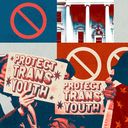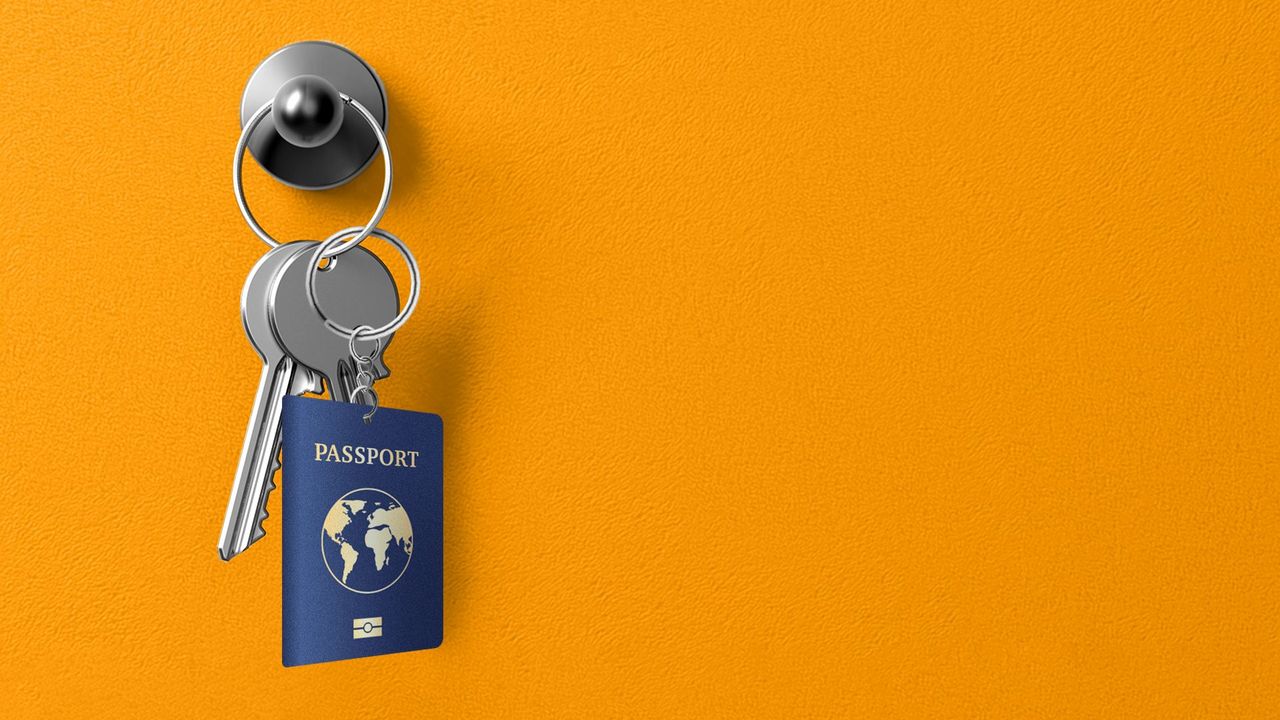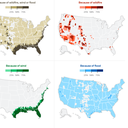One month of fear for groups targeted by Trump's executive orders
Two primary targets of President Trump's executive orders have been transgender Americans and undocumented immigrants, deepening a climate of fear for both groups.
The big picture: Life is already changing for members of both communities, in ways big and small — with bigger changes likely coming.
- "The messaging is, 'It's okay to discriminate against transgender people,'" says Corinne Goodwin, the executive director of the Eastern Pennsylvania Trans Equity Project. "The cruelty is the point."
- Meanwhile, the Trump administration's executive orders and rhetoric on immigration are also stoking fear, by design, among people in the country illegally. Rumors of ICE raids have sparked panic in cities around the country and led some immigrants to stay home from work and school.
- But some legal immigrants, international students and even U.S. citizens are also concerned. Many have started carrying around their visas and passports in case they are stopped.
Driving the news: For transgender Americans, “the barriers and actual impacts are already coming hard and fast,” says Erin Reed, a trans rights activist and writer.
- Access to gender-affirming care, workplace protections, and even passport renewals are on the line for some trans Americans.
- The military, which is believed to employ thousands of transgender service members, says it will stop providing gender-affirming care and no longer allow trans people to enlist.
- Transgender students and their parents fear their institutions will stop supporting them. The Trump administration is already investigating at least two universities and one high school for accommodating trans athletes or all-gender bathrooms.
- Government sites are wiping references to transgender Americans and history, or removing the "T" and "Q" from LGBTQ.
“The end goal is to push transgender people so far to the margins that people can’t even know about us,” Reed says.
- There are 1.6 million people over the age of 13 who identify as transgender in America, and they are four times more likely to be victims of violent crime.
- "For transgender youth, if your government is telling that they don’t want you, if your society is telling you that they don’t want you, how does that make you feel?" says Reed. "And the message to cisgender youth is that this is an acceptable group of people to hate and that this is an acceptable group to bully."
The Trump administration's executive orders targeting illegal immigration as well as its rhetoric are also stoking fear, Axios Local cities across the country report.
- In central Ohio and Denver, some students have skipped school out of fear of ICE raids. Sales are slowing down at the shops in Minneapolis' Latino neighborhoods, and shopkeepers attribute the slump to immigrant customers staying home.
- L.J. D'Arrigo, who leads the immigration practice at Harris Beach Murtha, a law firm in Albany, N.Y., tells Axios his "phone has been ringing off the hook."
- This week, the White House's X account shared a video of people in shackles preparing to board a deportation flight and called it "ASMR," referring to an online trend of posting videos with pleasant, gentle sounds.
The bottom line: Regardless of how President Trump's executive orders shake out in the courts, experts say the widespread fear and micro and macro changes to daily life will have lasting implications for these groups.









/2025/01/26/1737901435603.gif)















